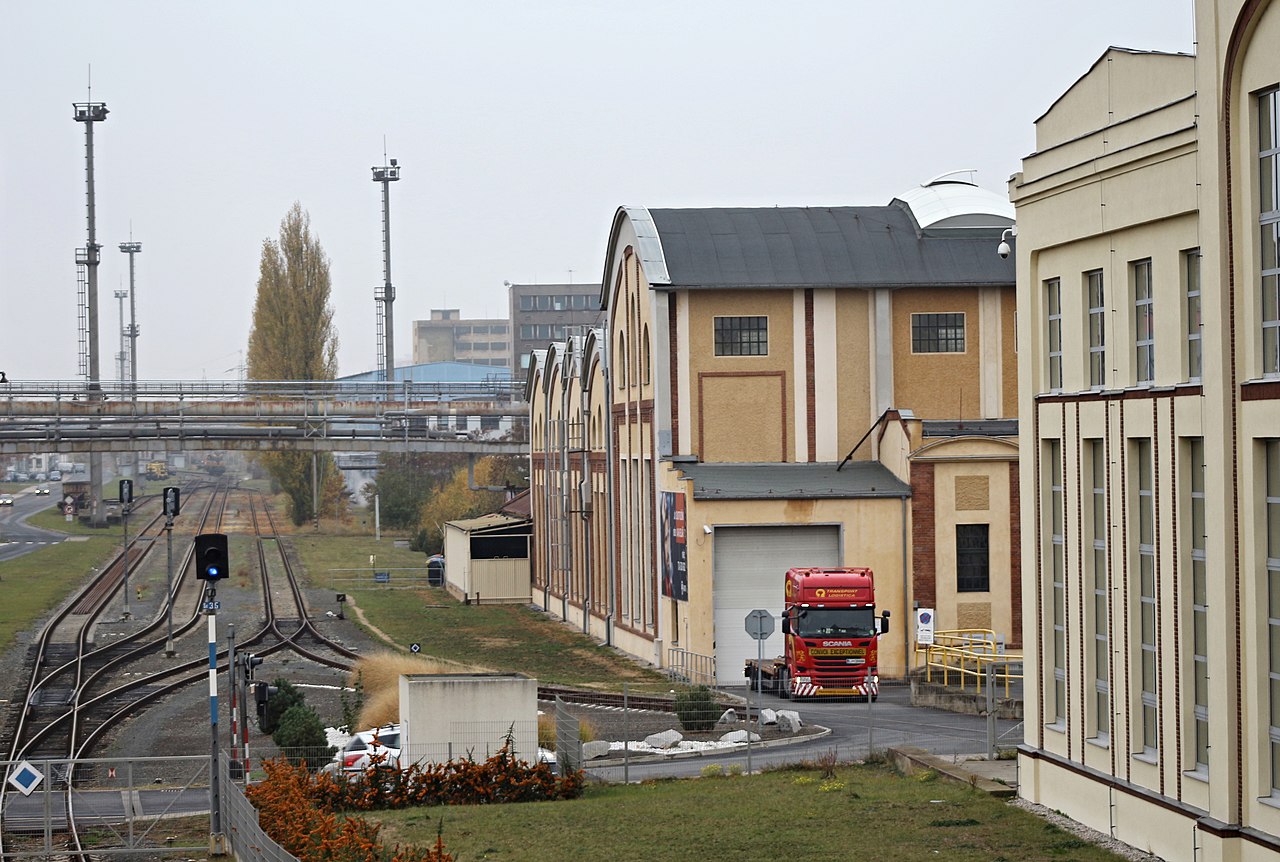From 31 May to 2 June 1953, workers took to the streets of the industrial city of Plzeň to protest against the Czechoslovak regime.
The immediate catalyst for the events was the currency reform of the state party which triggered doubling of the retail prices. The protesters stormed the town hall, hurled busts of communist leaders and burnt a Soviet flag. Others gathered at the Masaryk monument, singing the national anthem. Pleas for free elections were broadcasted over the city radio.
It quickly became obvious that local authorities were not able to handle the strikes on their own. Reinforcement were sent to violently contain the protesters. Neither primary nor secondary sources agree on the number of demonstrators and the number of casualties. Czech scholars suggest that 200 people were injured, none fatal.
According to historian Mark Pittaway, the Plzeň uprising of 1953 was ‘one of the most spectacular acts of working-class protest [in Eastern Europe] during the early socialist years.’ Nevertheless, the events remain largely unknown, even in Czechia. This is usually explained by strict censorship, the fact that the revolt remained local and did not threaten the Czechoslovak regime, and that it was overshadowed by the mass uprising in GDR two weeks later.
